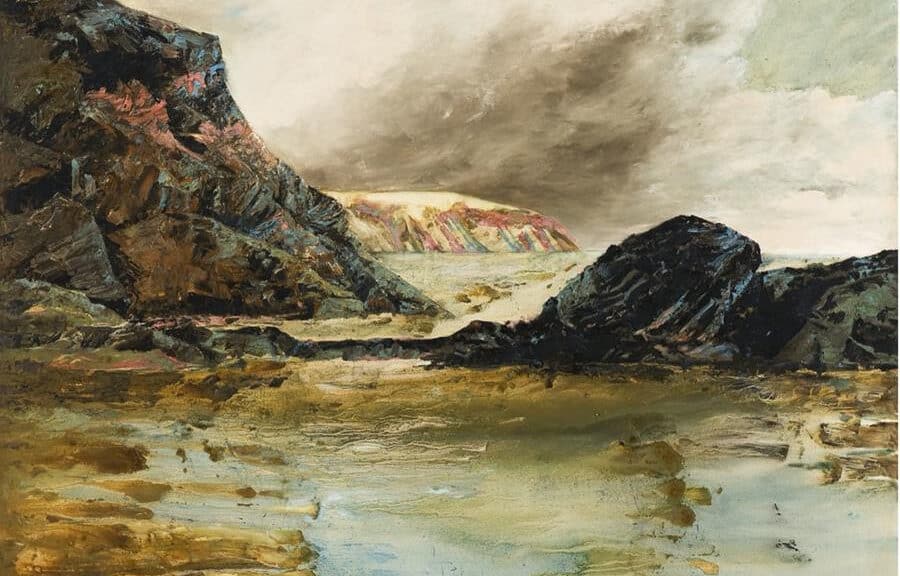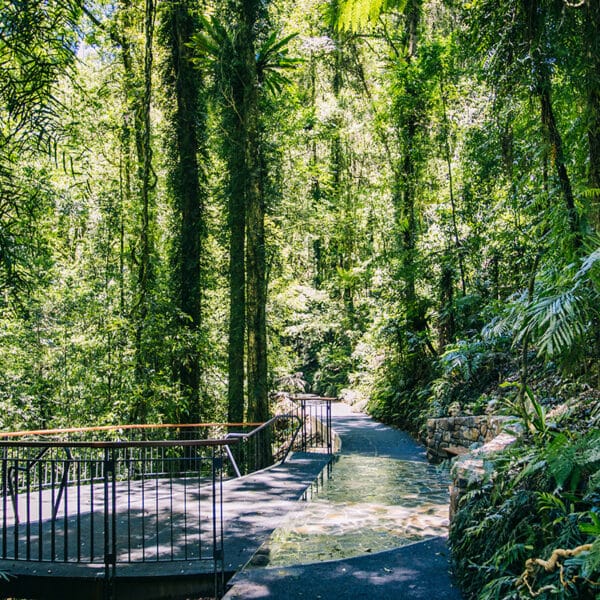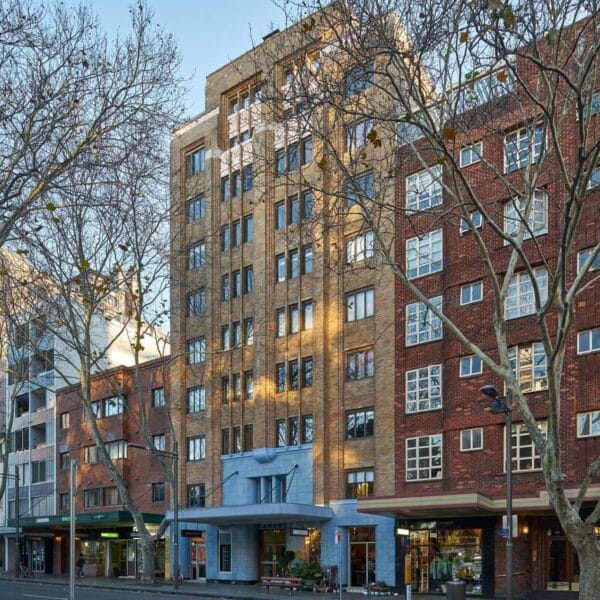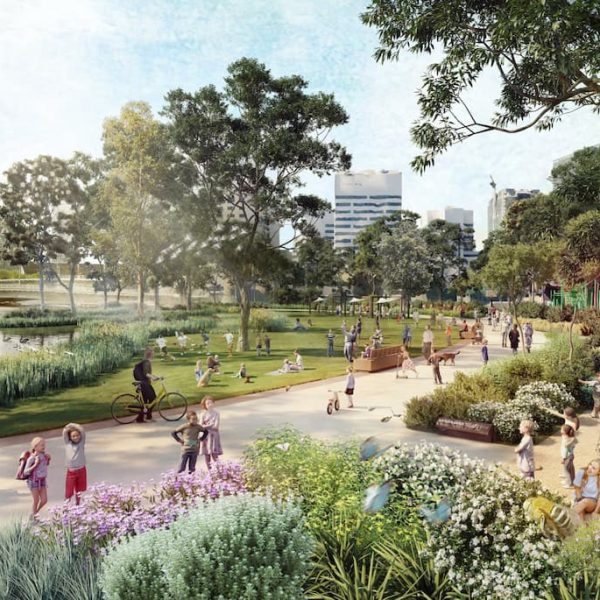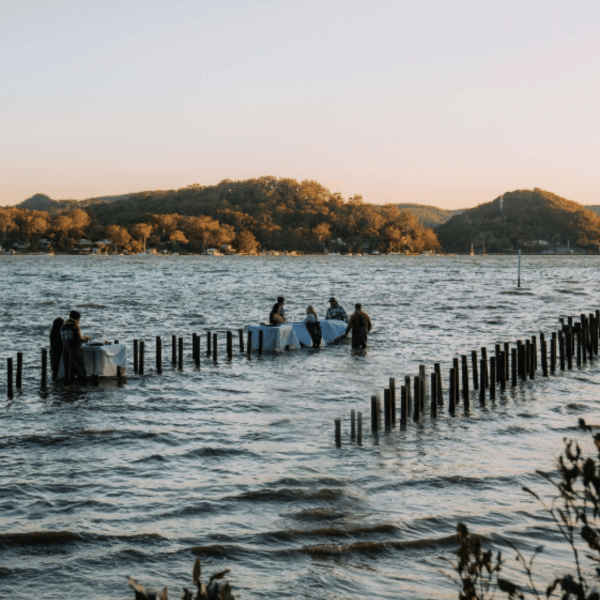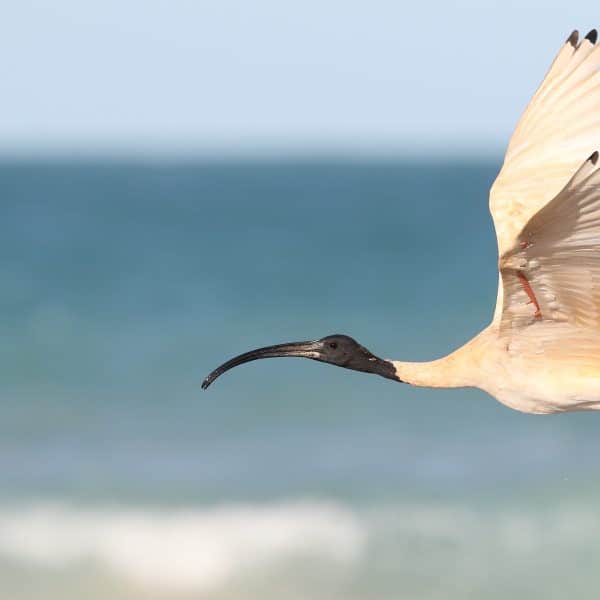TarraWarra Museum of Art will present combined exhibitions that focus on the dynamic restlessness of the Earth: Rhythms of the Earth, featuring works selected from the Museum’s permanent collection, together with Where Lakes Once Had Water by Melbourne artists Sonia Leber and David Chesworth, featuring a series of conceptual video, sound and sculptural works.
Rhythms of the Earth celebrates the leading figures in Australian art who have explored and vividly expressed the Earth’s rhythms, including Emily Kame Kngwarreye, Clifford Possum Tjapaltjarri, Angelina Pwerle, Judy Watson, Fred Williams, John Olsen, Mandy Martin, Brett Whiteley, Arthur Boyd and Godfrey Miller. The exhibition also includes works by artists who have more specifically observed humanity’s relationship to environments ravaged by drought, such as Russell Drysdale, or the impact of industrialisation on the landscape, in the case of Robert Juniper and Jeffrey Smart.
Curator of the combined exhibitions, TarraWarra director Victoria Lynn, says representations of landscape are central to Australian art, perhaps more so than to the art of any other country.
‘This is an opportunity to showcase the incredible depth and breadth of TarraWarra’s collection in this field, with many of these important works seldom seen on public display.
‘Through the combination of our collection highlights with video and soundscape works, audiences have the opportunity to experience the rhythms of the Earth through Australian modernist, contemporary and First Nations art practice, as well as the scientific and sonic aspects explored by Sonia Leber and David Chesworth’, Ms Lynn said.
One of the works in the Rhythms of the Earth exhibition, Philip Wolfhagen’s Night Beacon, draws inspiration from the artist’s immersion in and connection to the natural surrounds of the Tasmanian countryside in which he lives and works.
We are presented with a distant view of slightly indeterminate topography where the lines between the land, hills and sky are not sharply defined. It is a quiet nocturne whose stillness is broken by the strange appearance of a fire-like flare of glowing red and orange which faintly illuminates a lone homestead huddled in the vast undulating tract of land. The light source is actually a set of car headlights, and for anyone who has driven through the bush at night, the experience can be quite eerie and even unsettling as the tangled forms of trees and scrub temporarily flash before one’s eyes.
Mandy Martin’s Romantic Coastal Landscape is a romantic reimagining of a primordial stretch of coast. Martin seems to ask whether—in the widely despoiled landscape of the late 20th century—such vistas of a seemingly unsullied environment have maintained their capacity to inspire awe and wonder in the viewer. Or is the situation more uncertain and illusory?
Sonia Leber and David Chesworth’s Where Lakes Once Had Water will be presented in the Main Gallery, adjacent to six works recently gifted to the Museum by Waanyi artist Judy Watson which depict significant mountains and topographical features of Wurundjeri Country surrounding TarraWarra.
The Where Lakes Once Had Water exhibition includes a two-screen 28 minute video work which reflects a journey the artists made in 2018 and 2019 with a team of environmental scientists who were investigating changes in the climate, landscape and ecology over many millennia in the Northern Territory of Australia. Commissioned by the Australian Research Council Centre of Excellence for Australian Biodiversity and Heritage (CABAH) in association with Bundanon, the journey took them to the lands and waters of the Mudburra, Marlinja, Jingili, Elliot, Jawoyn and Larrakia communities in the Northern Territory—traversing spectacular environments marked by long-term aridity through to lush, green waterways.
The exhibition also features three new sound, video and sculptural works by Sonia Leber and David Chesworth from the Sound Before Sound series (two of which are specially commissioned by TarraWarra): Sound Before Sound I: One and Three Scores, 2022; Sound Before Sound II: Auditioning the Archive, 2022; and Sound Before Sound III: Lyrebirdity, 2022.
‘Earth encompasses terrain, flora, fauna, geology and climate. It is a cosmological concept, one that reaches to the sky and deep beneath the ground.
‘Both exhibitions explore the Earth in its many rhythms, which can be irregular and at times volatile—as are the myriad visual productions made in response to this dynamic restlessness.
‘In combination, the two exhibitions reflect upon diverse approaches to visualising the Earth, collecting its data and material, and listening, sensing and being in nature’, Ms Lynn said.
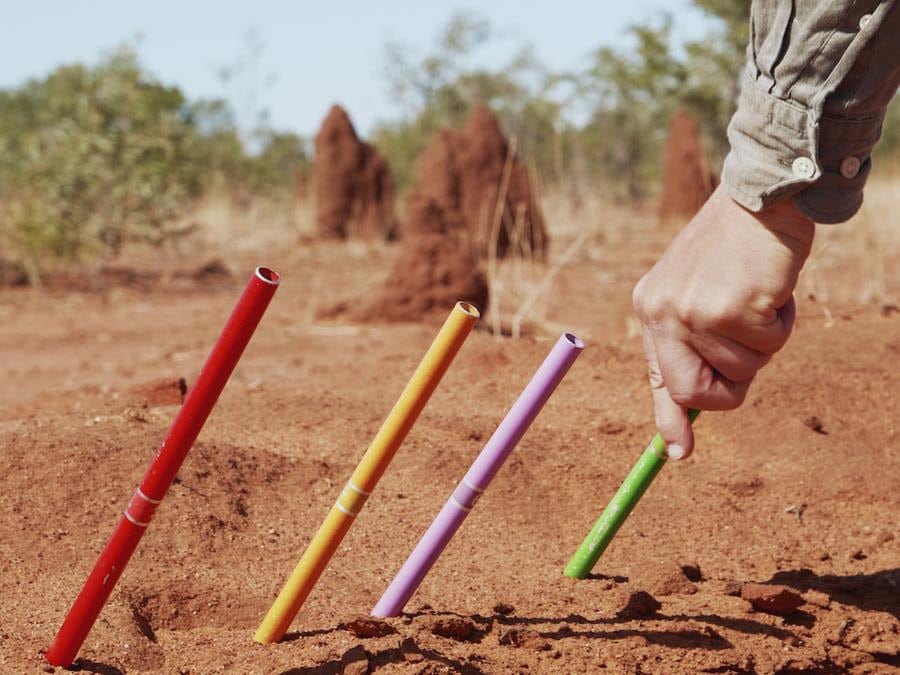
Rhythms of the Earth: Selected Works from the TarraWarra Museum of Art Collection
Curated by Victoria Lynn
WHEN
30 July – 13 November 2022
WHERE
TarraWarra Museum of Art, 313 Healesville-Yarra Glen Road, Healesville VIC 3777
Opening Hours: Tuesday – Sunday, 11am to 5pm and open all public holidays.
TICKETS
Admission: $10 Adults; $8 Seniors; $5 Concession and Students; Museum Members and children under 12 free.
MORE INFO
T +61 (0)3 5957 3100
